International Standards:
- ASME Section VIII(U.S. Standard):Class 150, 300, 600, 900, 1500, 2500
- EN 13445-3(European Standard): PN6 to PN100.
- JIS B8265(Japanese Industrial Standard):5K to 20K
- GOST 14249-89(Russian/CIS Standard): 0.1 MPa to 10 MPa
- SABS 0162(South African Standard): PN6 to PN25.
- DIN 2501 : PN6 to PN40.
- BS 5500British Standard): PN6 to PN40.
Pros:
- High Pressure and Temperature Resistance: Designed for extreme conditions (e.g., reactors, boilers).
- Robust Construction: Thicker flange bodies and reinforced bolting patterns (e.g., ring-type joint (RTJ) for Class 900+).
- Material Versatility: Common materials include carbon steel (SA-105), stainless steel (SA-182 F316), and nickel alloys (Inconel).
- Leak Prevention: Precision-machined sealing faces (e.g., raised face (RF), RTJ) ensure reliable sealing under pressure.
- Standard Compliance: Meets strict regulatory codes (e.g., ASME VIII, PED 2014/68/EU).
Cons:
- High Cost: Complex manufacturing and material requirements increase expenses.
- Heavyweight: Large-diameter flanges require cranes or specialized lifting equipment.
- Complex Installation: Requires precise alignment, controlled bolt tightening, and post-weld heat treatment (PWHT).
- Limited Flexibility: Not suitable for systems requiring frequent disassembly (use clamp connectors instead).
- Corrosion Risks: High-alloy materials needed for corrosive media (e.g., sulfuric acid) further escalate costs.
Description
A Pressure Vessel Flange is a critical component used to connect sections of pressure vessels (e.g., shells, heads, nozzles) or attach auxiliary equipment (e.g., manways, instrument ports). These flanges are designed to withstand high internal pressures, temperatures, and cyclic loads, ensuring structural integrity and leak-proof performance in demanding industrial environments.
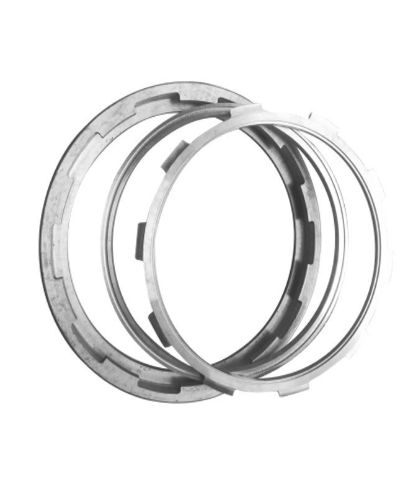
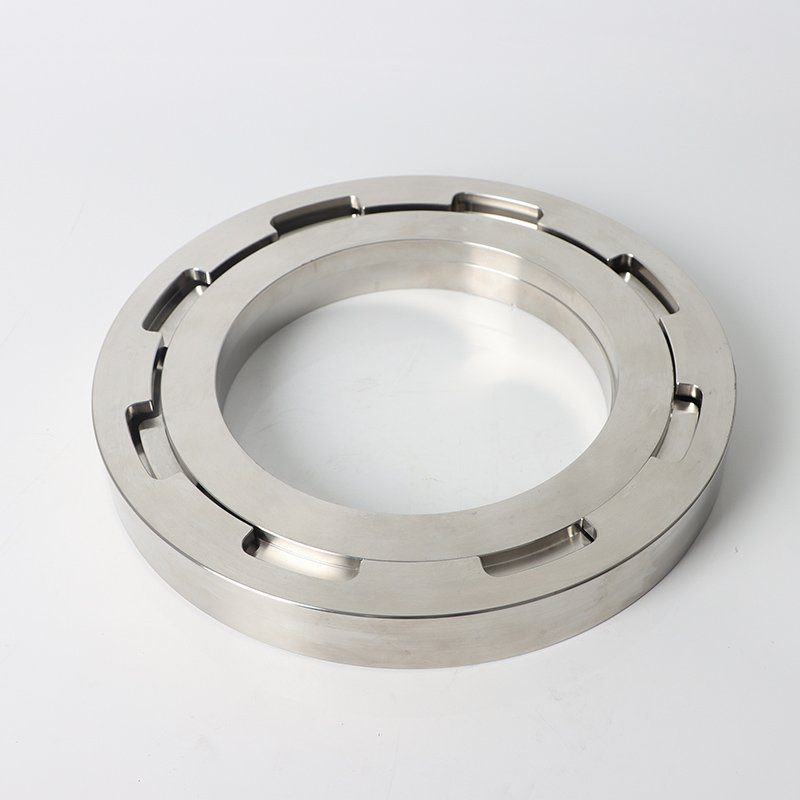
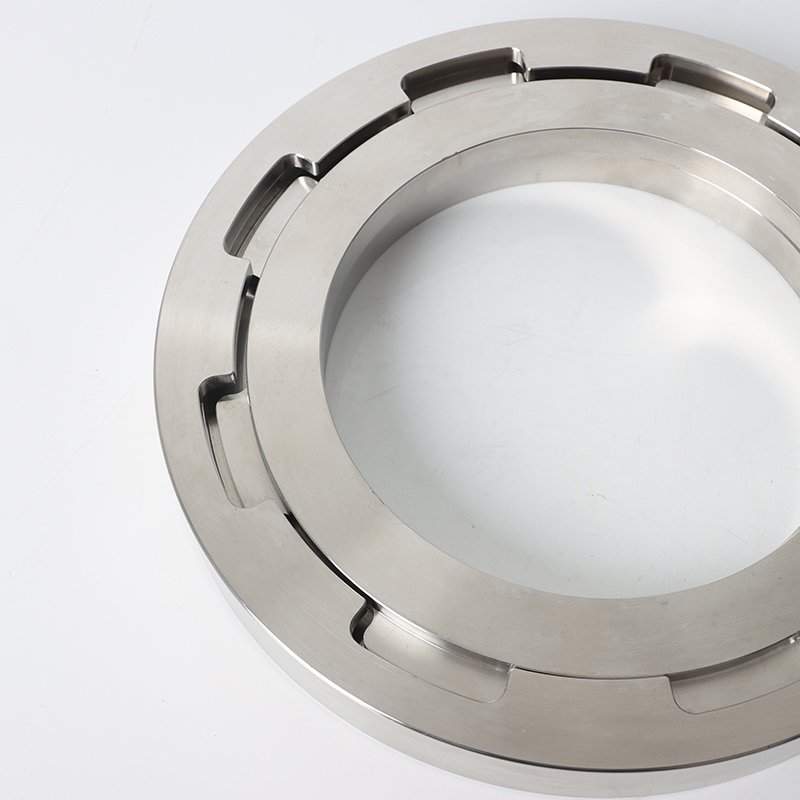
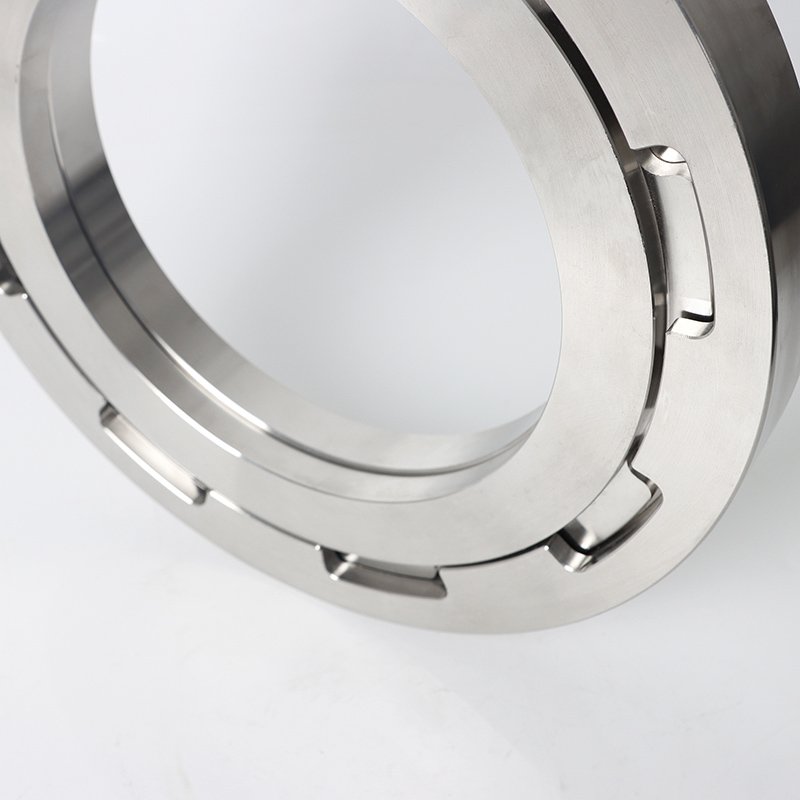
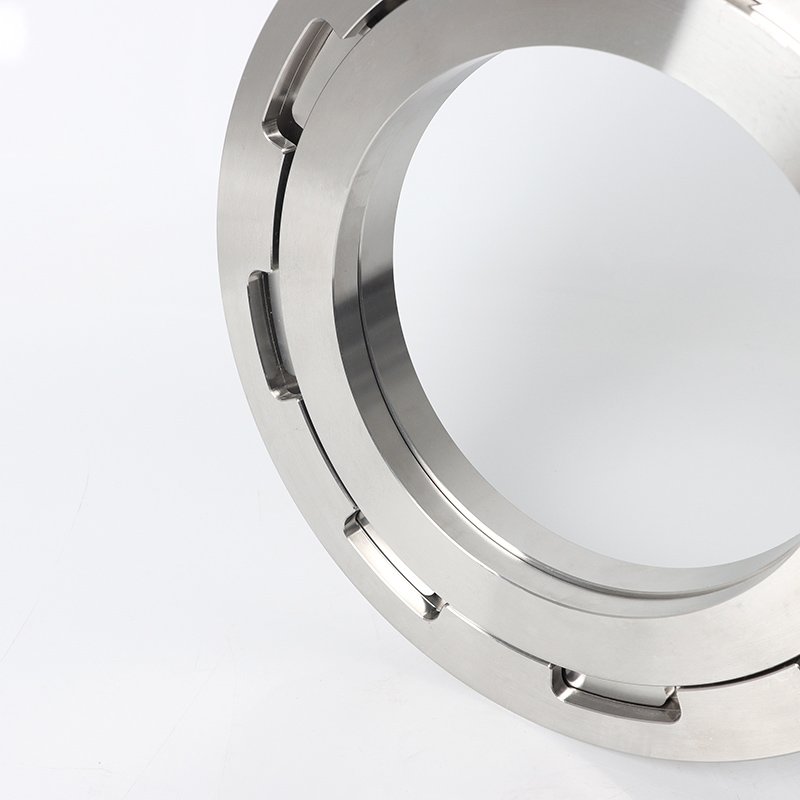



xx –
15-day lead time for custom PN16 flanges (2 days longer than promised but acceptable). Recommend upgrading the online order tracking system – still requires email confirmations currently.